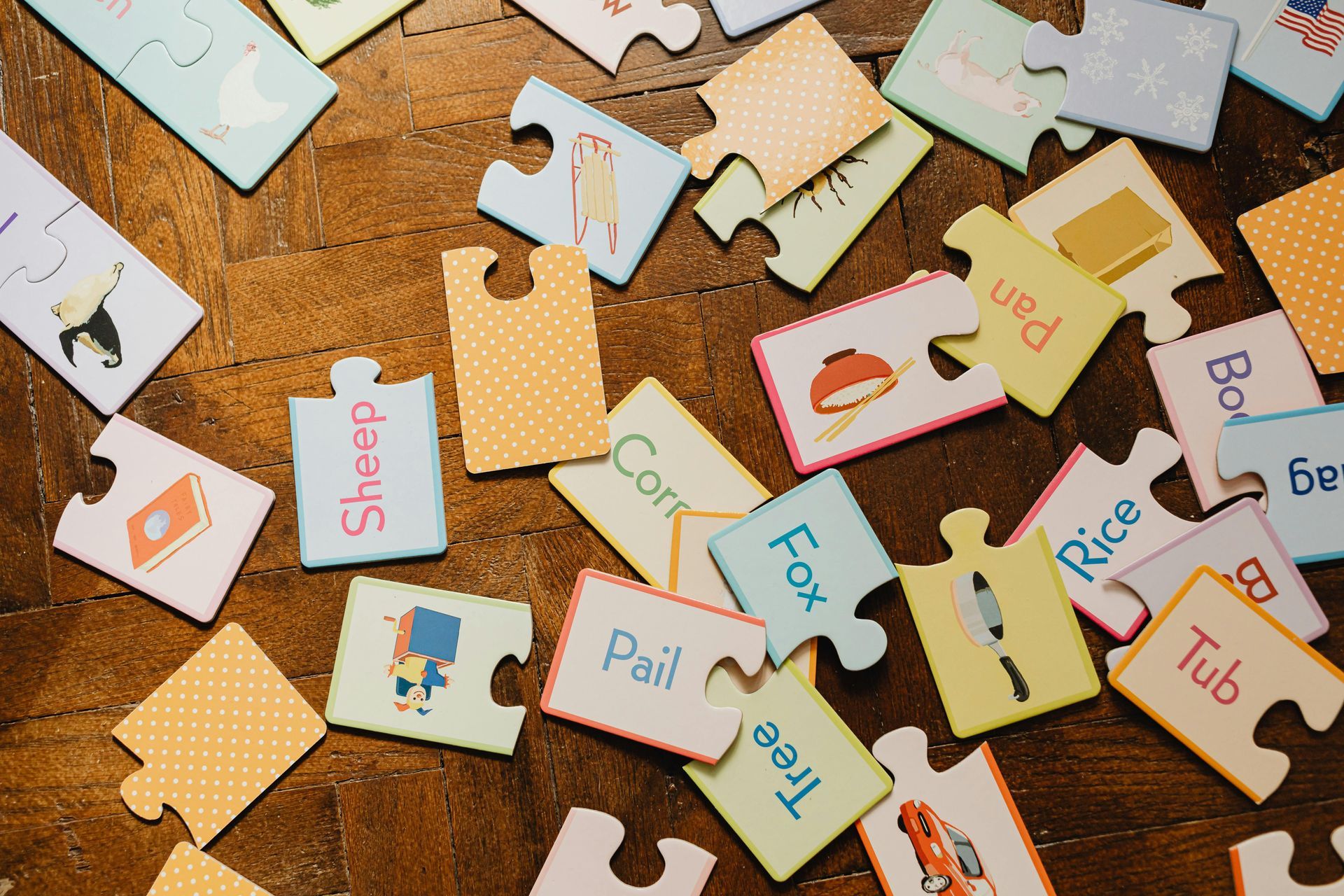“How to” for Home-School Parents Catching Up When You Fall Behind

How many of you have ever fallen behind while home-schooling your children? It’s easy to do, so I’m sure you are not alone. As is said, “Life Happens.” Unfortunately, it can happen to all of us, usually in the most inconvenient moments. In my classroom experiences, too many ago years to admit to, I would have a pretty good idea of where we needed to be in all subjects by the end of each month. Sometimes my relentless planning worked perfectly, but most of the time, I continually had to adjust. It’s okay to change the plan and not feel guilty.
Here are some of the ways you might get behind.
Unexpected Field Trip for Home-School Students
There are times that something unexpected is tossed your way and there is absolutely nothing that you can do about it. It might be as simple as a field trip opportunity that is suddenly made available for home-school students and it is perfect for what you are studying. It takes a day away from your plan. That’s not too hard to pick up the little bit of extra work to stay on track, and the trip is well-worth the effort. I always loved field trips. They give a fresh perspective to a subject that otherwise might become mundane and boring. You may want to plan for a number of field trip days in advance.
Sickness and Disaster
How could any of us forget COVID? Most of us get sick from time to time. We get over the illness and move on with our lives and our learning. COVID was different. The entire nation was reeling with its effects on so many levels. Many adults were very sick, even if their children were not. Much learning was lost. It’s almost impossible to keep to any kind of learning schedule with a pandemic raging. As a result, many children got way behind.
When the schools reopened, I subbed in a fourth-grade classroom in Paradise, California where some of the children cried when I handed out a subtraction fact worksheet. These children were very behind. They had suffered through the Camp Fire in November of 2018, which displaced school aged children through most of 2019, and then came COVID. Two years of learning loss occurred for these children.
There are other disasters besides fire. Areas suffer from tornadoes, hurricanes, blizzards, and earthquakes – all of which can bring devastation and learning loss.
Death in the Family
There are times we might experience an expected, or worse yet, an unexpected death in our family. I have first-hand knowledge of how this affects everything. I am fortunate that I no longer have young children as I navigate the recent death of my husband. The emotional, physical, and practical aspects of being the one left to take care of the business end of things, as well as the everyday chores, can take its toll. If I was a home-school parent as well, I’m sure we would be way behind. (I’m only behind on my blogs and curriculum writing).
I’m sure there are many other valid reasons that students get behind in schoolwork. Whatever the reason may be, to get back on track, check out my methods
below.
Recalculating
If you are old enough to remember the early navigation systems, you might also remember the voice coming through the system saying: ”recalculating,” every time you missed a turn or didn’t turn when it was directing you through a locked gate on someone’s ranch. It was frustrating, but it did eventually get you to where you were going.
Recalculating is the key to catching up when you fall behind in schoolwork. There are several ways to do this.
If your curriculum has a test every week, consider combining the tests and giving them every other week or every third week. I have used this method by stapling them together and crossing out the sections that are redundant, to bring the overall test to a reasonable length. This can save 1 day each week if these were weekly tests.
Another way to catch up, especially if you are teaching older students, is to shorten the daily written assignments so more material can be covered each day, and make tests timed open book. I did this in a classroom that I took over at 2nd semester. They were only finishing chapter 3 at the time. This was a science class at the high school level. I talked to the principal about my plan to teach this class as an information retrieval class. My goal was to at least make them aware of the elements of the subject, so when they took the next class, they would be familiar with the subject matter. There was no time for me to expect them to memorize anything. I paced the balance of the book to be able to finish when school was done for the year. It worked. Years later one of my students from that class told me that he didn’t know how anyone could get them caught up, but we did it. Today he’s a doctor.
When younger students are behind, pick out the most important concepts to teach. These are the foundational concepts like math facts, learning the sight words and how to sound out the other words. If they can sound out words, they can spell them correctly one sound at a time. Don’t buy into the “creative spelling.” Make sure they know how to write a complete sentence with proper capitalization and punctuation. You can pick up the rest of grammar, like parts of speech and more advanced punctuation and capitalization, during the next year. Other subjects like science and social studies can stand alone. If you are extremely behind, choose one science lesson and one history/social studies lesson each week, but keep your focus on reading and math because both of these subjects build on the essential concepts they have already learned. There is no skipping these fundamental concepts. They always repeat over and over and are needed to master the next new concept. An example of this would be, if a child doesn’t learn their “times tables,” division and fractions will be extremely difficult and frustrating for them to learn.
In Closing
Remember, it is possible to catch up, but it takes careful planning and choosing the essential things that need to be learned so the next year your child can move on to the next grade level and not be behind.


